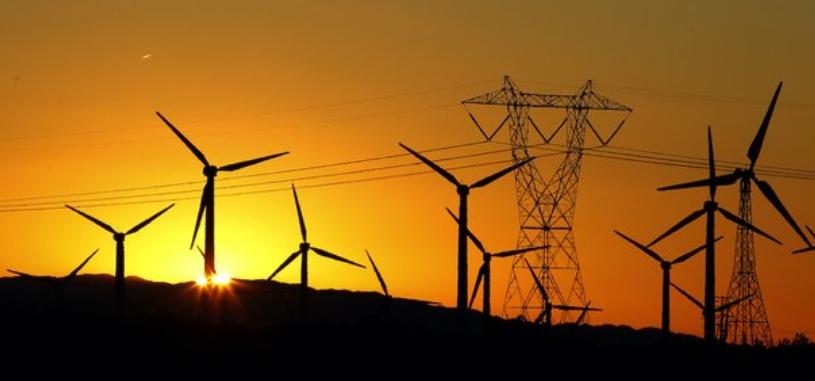The growth of renewable energy presents new challenges for investors seeking to take advantage of the transition to a more environmentally friendly world.
Renewable energy accounted for 19.1% of France’s total final energy consumption in 2020 and 43% of the energy consumed in the UK now comes from renewable sources such as wind, solar, and hydroelectricity. The International Energy Agency estimates that over 2 trillion dollars in annual investment in clean electricity will be needed by 2030 to achieve carbon neutrality.
The Risks of Renewable Energy Investments
A recent EDHECinfra study highlights the inherent risks associated with investing in renewable energy. Our research has focused on examining 20 years of energy transition in the UK, which serves as a model of an economy that has successfully moved away from coal and rapidly transitioned to renewables while still relying on limited hydroelectric and nuclear facilities. The increasing share of intermittent renewables in the energy mix has created new challenges, including higher development costs, production volatility, and greater market price volatility. This has led to an increase in the risk premium required by the market in unlisted wind and solar projects since the beginning of 2022, after declining for a decade. According to infraMetrics, the premium has now reached 700 basis points for wind projects in developed economies, compared to just over 500 at the end of 2020.
The Implications for Investors
The swift transition to intermittent renewable energy production has several implications for investors:
- instability in the energy system,
- the rise in the value of gas production,
- increased price volatility,
- and a negative impact on expected returns.
Mitigating the Risks
Investors can mitigate some of these risks by
- investing in technologies that enhance storage capacity,
- diversifying their investments across various types of renewable energy and multiple countries,
- using hedging strategies such as insurance or risk guarantee contracts,
- financial instruments such as Power Purchase Agreements (PPAs) and Contracts for Difference (CfDs).
The Urgency of Stabilizing Prices
Despite the measures that investors can take to manage the risks associated with renewable energy investments, strong government action is still necessary to accelerate the growth of these energies. This includes protection for consumers from rising prices, such as a 65.5% increase in electricity prices in the UK from November 2021 to November 2022, and a 15% increase in France from January 2023 due to the tariff shield. Maintaining existing price stabilization mechanisms like France’s tariff shield, “contracts for difference”, or ending the price link between gas and electricity is crucial to address the challenges posed by a market that heavily relies on renewable energy production yet still heavily relies on gas as the benchmark.



